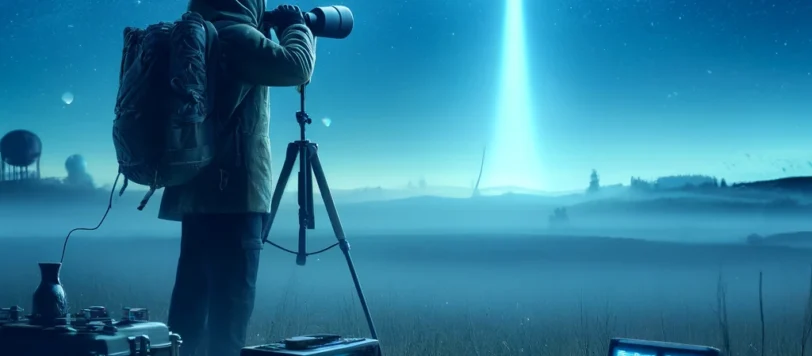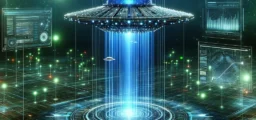The Challenges of UFO Sightings and Encounters with Non-Human Intelligence

In the ever-evolving discourse on unidentified flying objects (UFOs) and encounters with non-human intelligence (NHI), researchers and enthusiasts alike face a daunting array of challenges. These challenges stem not only from the elusive and unpredictable nature of the phenomena themselves but also from the societal, methodological, and technological limitations inherent in studying them. This article delves into the multifaceted obstacles encountered in the collection of data and evidence on UFO sightings and NHI experiences, exploring the complexities that make this field one of the most intriguing and contentious in scientific inquiry.
Societal Stigma and Reporting Hesitancy
One of the primary hurdles in gathering reliable data on UFO sightings and NHI encounters is the societal stigma attached to these experiences. Witnesses often fear ridicule, professional repercussions, or social ostracization, leading many to refrain from reporting their encounters. This stigma not only silences potential witnesses but also skews the available data, potentially leaving the most compelling cases undocumented and unexplored. The challenge, therefore, lies in creating an environment where witnesses feel safe and validated in sharing their experiences, a task that requires concerted effort to shift public perception and normalize the discourse around these phenomena.
Methodological Limitations in Data Collection
The methodological challenges in studying UFOs and NHI encounters are profound. The unpredictable and transient nature of these phenomena makes it difficult to apply traditional scientific methods of observation and experimentation. Unlike phenomena that can be replicated or observed under controlled conditions, UFO sightings and NHI encounters are often singular, unanticipated events with no prior warning. This necessitates the development of innovative research methodologies that can accommodate the unique characteristics of these experiences, including the use of advanced surveillance technologies, crowd-sourced data collection platforms, and interdisciplinary approaches that blend qualitative and quantitative research methods.
The Reliability and Quality of Evidence
The quality and reliability of evidence collected in UFO and NHI research present significant challenges. Photographic and video evidence, while valuable, can be easily manipulated in the digital age, necessitating rigorous verification processes. Eyewitness accounts, though critical to the understanding of these phenomena, are subject to human memory’s fallibility and the influence of psychological factors. These challenges underscore the need for standardized criteria for evaluating and classifying evidence, as well as the importance of corroborative evidence in establishing the credibility of reported sightings and encounters.
Technological Constraints and the Need for Innovation
Technological limitations also pose a significant barrier to the effective documentation and analysis of UFO sightings and NHI encounters. While advancements in imaging technology, radar systems, and artificial intelligence offer promising tools for research, the field is often hampered by a lack of access to cutting-edge technology due to funding constraints and the classified nature of certain data. Overcoming these technological constraints requires not only increased investment in research but also collaboration with governmental, aerospace, and academic institutions to leverage existing technologies and drive innovation.
The Role of Government and Institutional Transparency
A pervasive challenge in UFO and NHI research is the issue of transparency and access to information. Governmental and military institutions possess vast archives of data on UFO sightings, yet much of this information remains classified or is released in heavily redacted forms. The push for greater transparency and the declassification of relevant data is a crucial step toward advancing the scientific understanding of these phenomena. Open access to government-held information would not only enrich the pool of data available for research but also lend credibility to the field and encourage more rigorous academic inquiry.
Charting a Path Forward
The challenges of collecting data and evidence on UFO sightings and NHI encounters are daunting, yet they are not insurmountable. Addressing these challenges requires a multi-faceted approach that includes destigmatizing UFO and NHI research, developing innovative methodologies, enhancing the rigor of evidence evaluation, leveraging technological advancements, and advocating for greater transparency. As researchers and enthusiasts navigate these obstacles, the field stands on the cusp of new discoveries that could fundamentally alter our understanding of the universe and our place within it. The journey to uncover the truths behind UFO sightings and encounters with non-human intelligence is as challenging as it is rewarding, promising to push the boundaries of human knowledge and expand the horizons of scientific exploration.






Comments are closed.